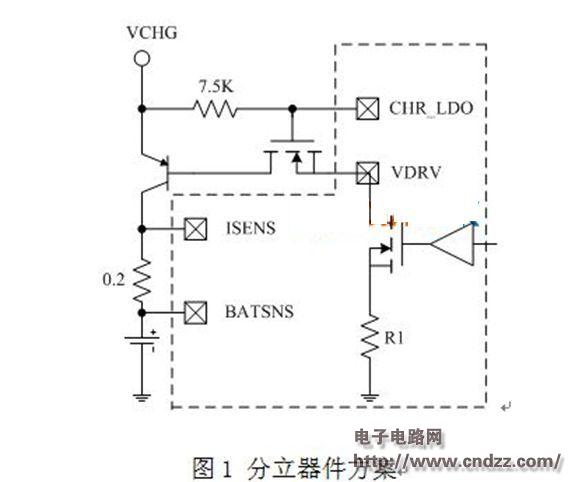Overview:
The emergence of the Apple iPhone has made the concept of smart phones into thousands of households. With the rapid popularization of smart phones, consumers' demand for smart phone functions and experiences continues to increase, making smartphone manufacturers continually pursue high-configuration of hardware parameters. The most obvious is that the number of CPU cores and the screen size continue to increase. Recently, the domestic Huawei mobile phone has launched a 6.1-inch, quad-core 1.GHz CPU Mate smartphone, pushing the hardware parameters of the smartphone to another peak. However, the improvement of these two hardware parameters has seriously affected the consumer's demand for mobile phone standby time.
At the beginning of the year, US information company JD Power released the 2012 smartphone user satisfaction survey report, and the survey results also showed that the mobile phone battery is the bottleneck of the use of smart phones. The survey also showed that the power consumption of mobile phone batteries is one of the most important factors in determining whether customers are satisfied with mobile phones. A simple function machine, it is not uncommon to put it on for 10 days and a half after fully charged. But smartphones have to plug in the charger every day, just like going back to the wired phone era, there is always a "rope" to follow your phone. It is a pity that the breakthrough of lithium battery technology is far from keeping pace with the development of other hardware. The surge in power consumption of smart phones is pushing the mobile phone battery to an absolute bottleneck. In this case, if you want to work on the battery side, you can only increase the battery volume to increase the capacity. At present, the mainstream mobile phone battery capacity is between 1000-2000mAh. Large-sized machines will have mobile phones equipped with 2500mAh batteries, while Huawei's mate is equipped with 4050mAh batteries.
Large-capacity batteries inevitably bring long-term charging time, and at the same time put forward higher requirements for the charging technology of smart phones. This article mainly introduces the current mainstream smart phone charging scheme.
Passive Discrete Device Solution The discrete device charging scheme is mainly extended from the functional machine era. Figure 1 shows the MTK platform currently in the mainstream charging scheme of the functional machine platform and the low-end smartphone platform. The charging control is controlled by the main platform. The voltage difference of the 0.2 ohm resistor between the ISENS/BATSNS pins is detected by the two ADCs. The internal logic circuit sets the current flowing through the R1 resistor to control the charging current of the battery. And also through the 7.5K resistor and NMOS tube isolation BB or PMU directly face the pulse high voltage impact of the VCHG charger output, to ensure that the main chip will not be burned out due to the high voltage output of the inferior adapter.
The advantage of the discrete device charging scheme is that the cost is cheap enough. The disadvantage is that the charging current is relatively small. The current mainstream setting is 500 mA, and the charging protection mechanism is mainly realized by the platform's own software and hardware. The advantages and disadvantages of discrete device charging schemes are obvious, but in the era of functional machines, the advantages of discrete devices have been greatly promoted, and the disadvantage of less charging current has not brought too bad experience to consumers in the era of functional machines. Because of this, the discrete device charging solution has become the mainstream charging solution for all functional machine platforms.
However, as the battery capacity of smart phones continues to increase, the disadvantages of less charging current of discrete devices continue to emerge. Because of cost considerations, many manufacturers want to increase the charging current by means of discrete devices. However, discrete devices are difficult to achieve large current charging due to poor heat dissipation. Figure 2 is a package diagram of the triode in the high current path of the circuit of Figure 1, from the early SOT23-6 package to the DFN2X2 to support higher current charging. -8 package, but the structure of the discrete device itself can only dissipate heat through the pin, which limits the heat dissipation effect of any package. Similar active power devices are packaged in DFN and QFN. It is possible to use the heat sink at the bottom of the package. This heat sink must have a good heat dissipation effect and must be connected to the ground of the motherboard. Passive discrete devices have no way to use heat. This effective cooling function of the disc.

(Please read the PDF for details)
Suizhou simi intelligent technology development co., LTD , https://www.msmvape.com